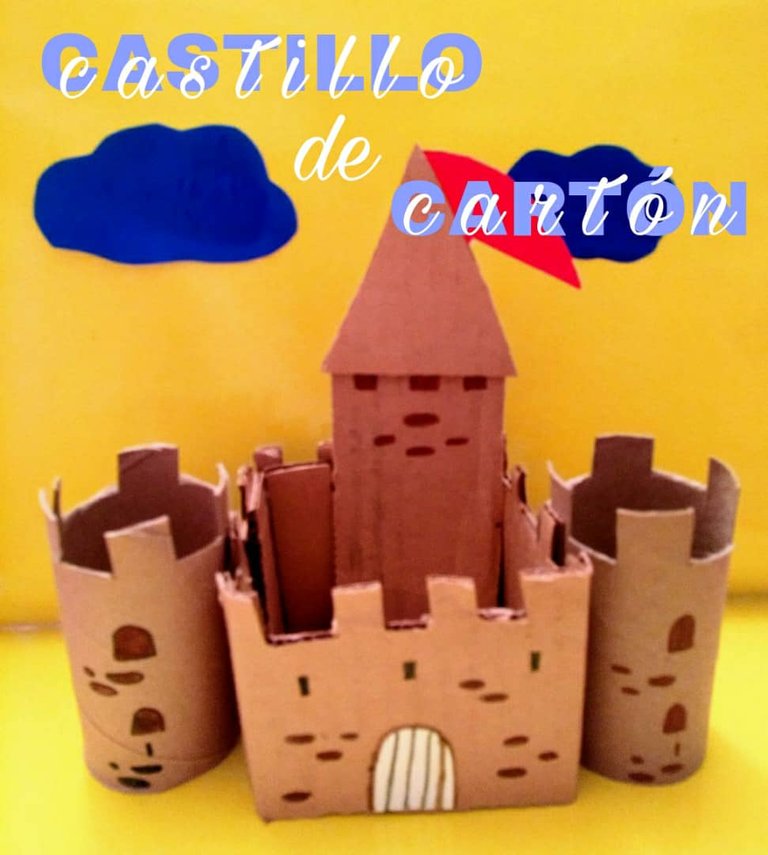


Materiales
Dos tubos de papel higiénico
Cartulina de color
Cartón
Rotuladores
Tijeras, cúter pegamento y cinta adhesiva
Materials
Two toilet paper tubes
Colored cardboard
Cardboard
Markers
Scissors, cutter, glue and adhesive tape

Pasos 🏰 Steps
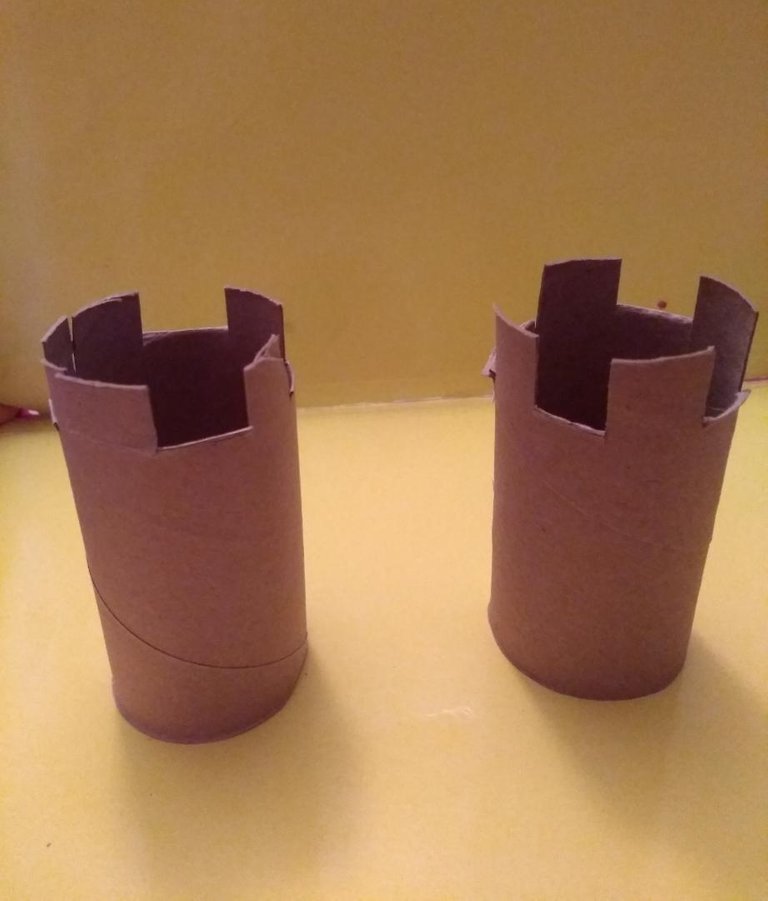
1.- Creamos las torres de guardia cortando los rollos de papel higiénico.
1.- We create the guard towers by cutting the toilet paper rolls.
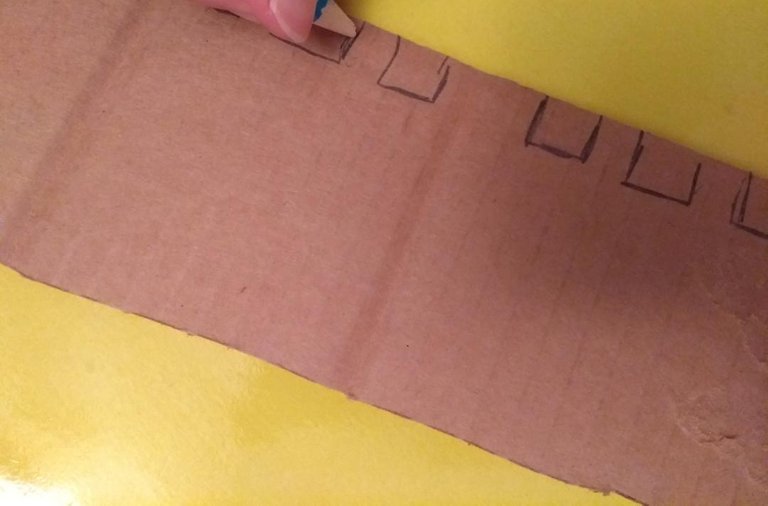
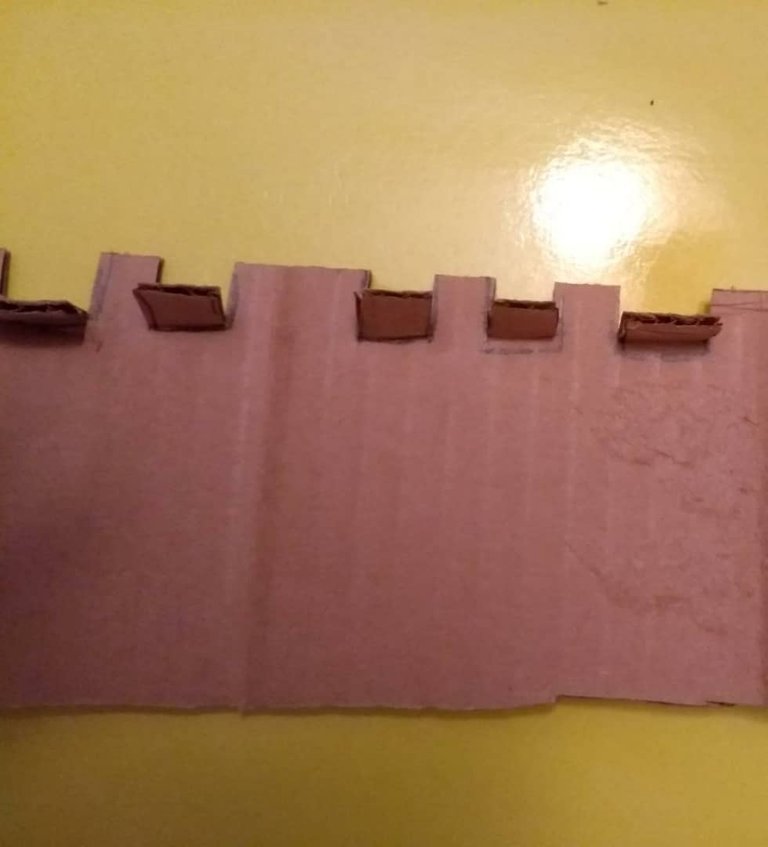
2.- Ahora toca hacer las murallas, marcando el cartón y luego cortando.
Now it is time to make the walls, marking the cardboard and then cutting.
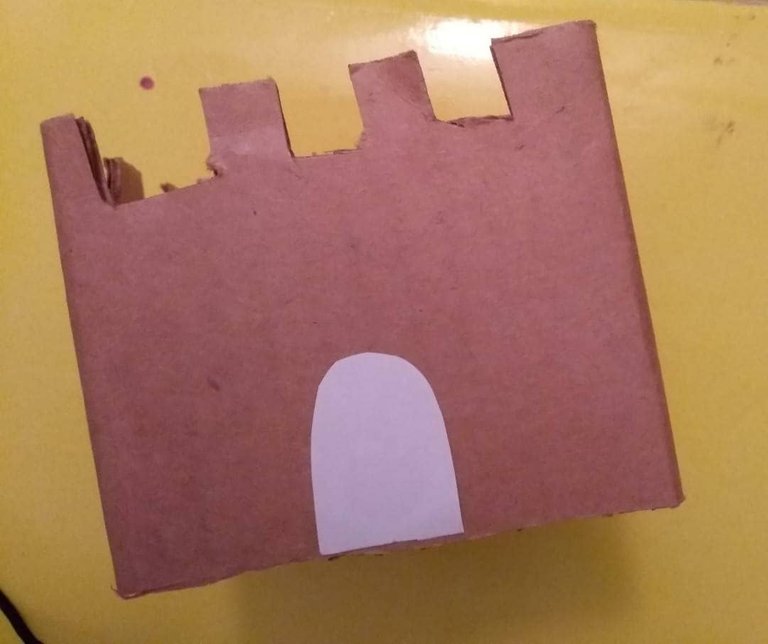
3.- Lista la muralla que rodea el patio de armas, hacemos la puerta de entrada con cartulina blanca.
3.- Ready the wall that surrounds the parade ground, we make the entrance door with white cardboard.
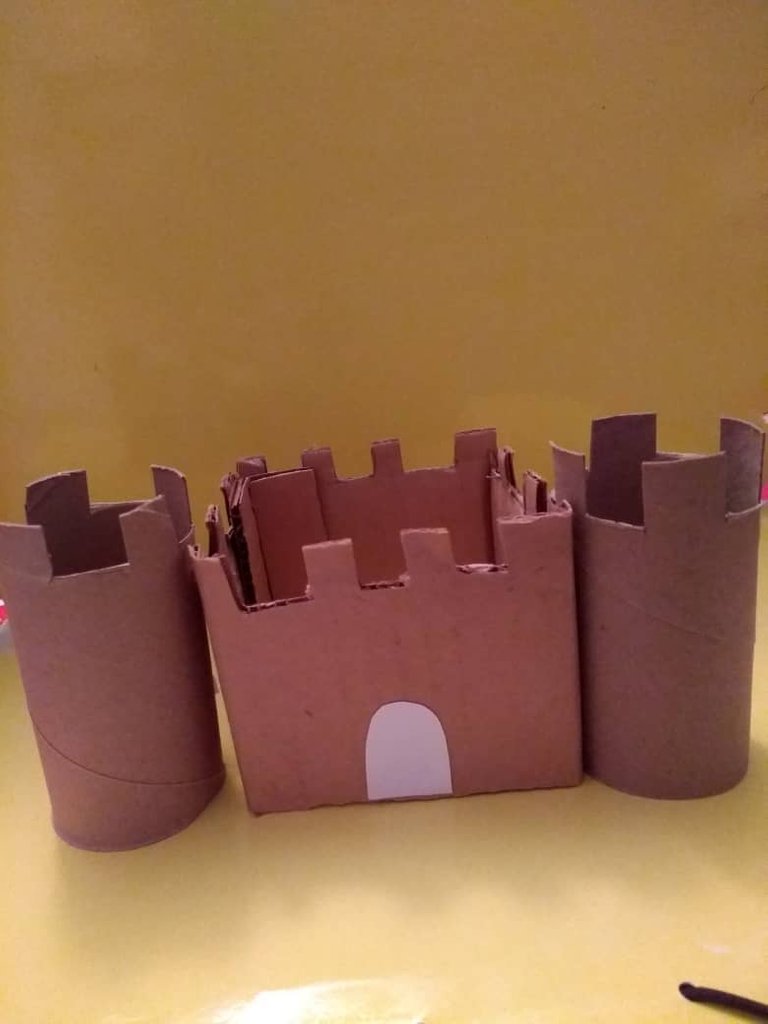
4.- Unimos las piezas que ya tenemos hechas para ir armando en castillo.
4.- We join the pieces we have already made to assemble the castle.
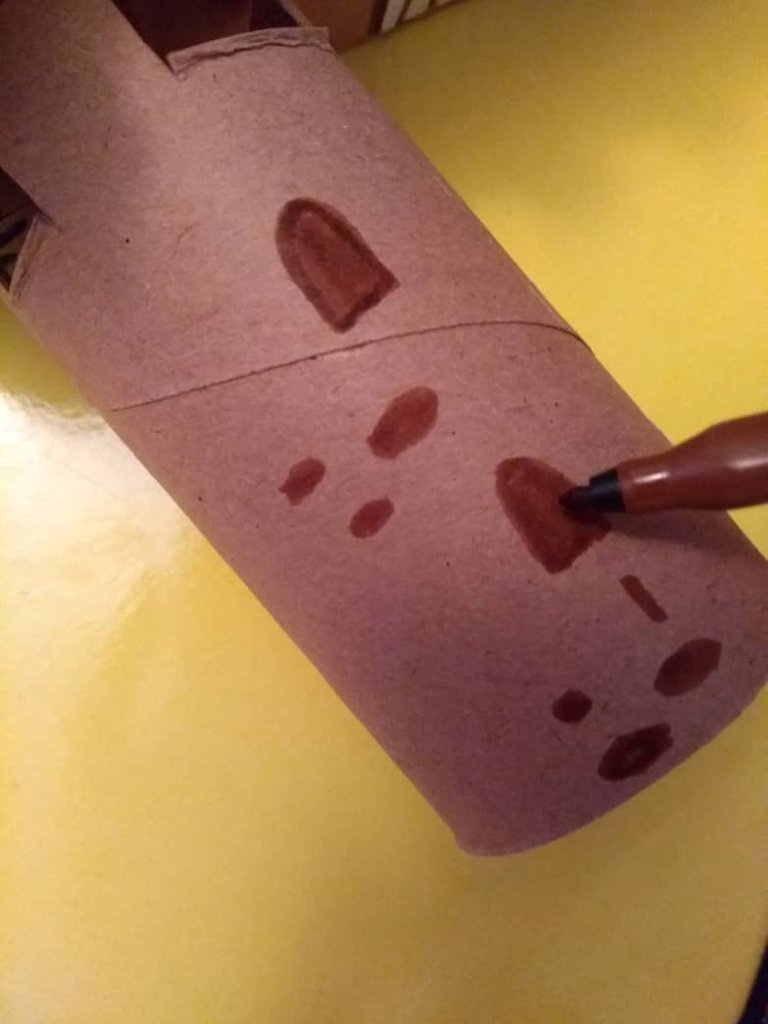
5.- Las torres de guardia y la muralla que rodea el patio de armas las decoramos con ventanas, rejas y lo que se nos ocurra para darle apariencia de castillo.
5.- The guard towers and the wall surrounding the parade ground are decorated with windows, bars and whatever we can think of to give it the appearance of a castle.
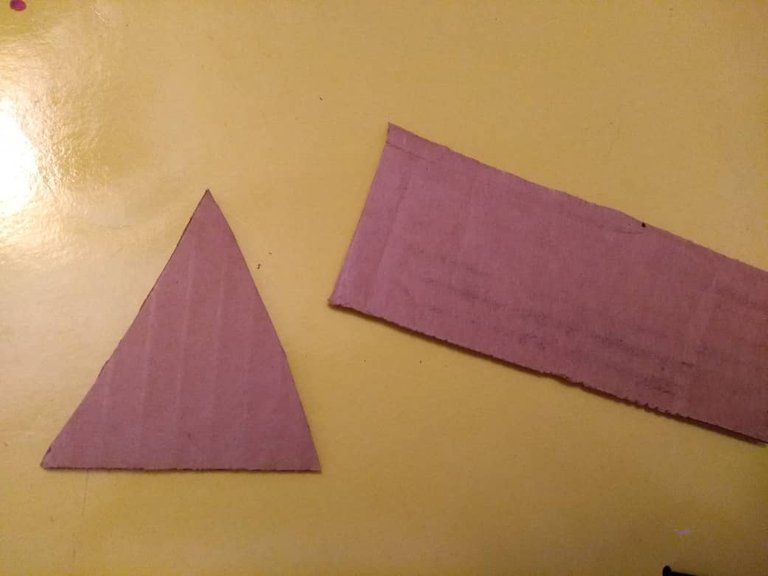
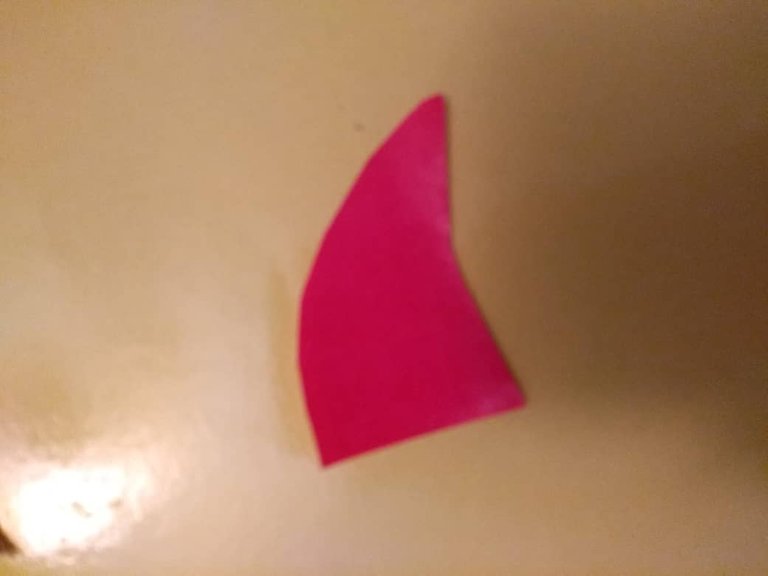
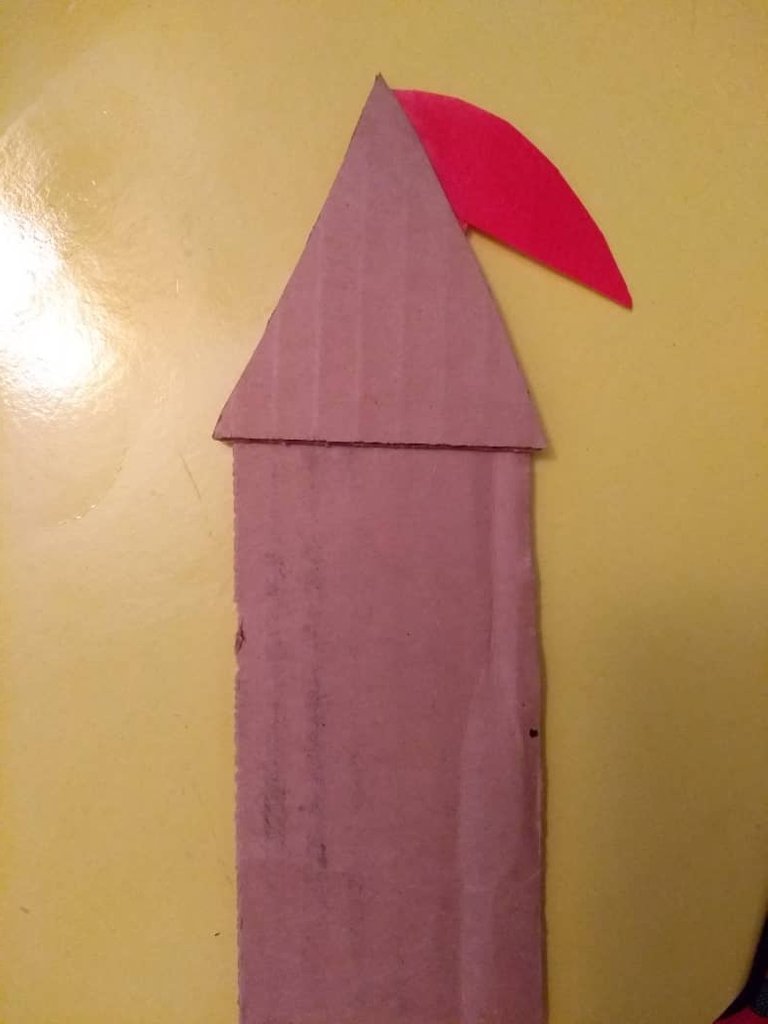
6.- Con el cartón reciclado hacemos una torre de guardia más alta y le colocamos una banderita en la punta.
6.- With the recycled cardboard we make a taller guard tower and place a small flag at the top.
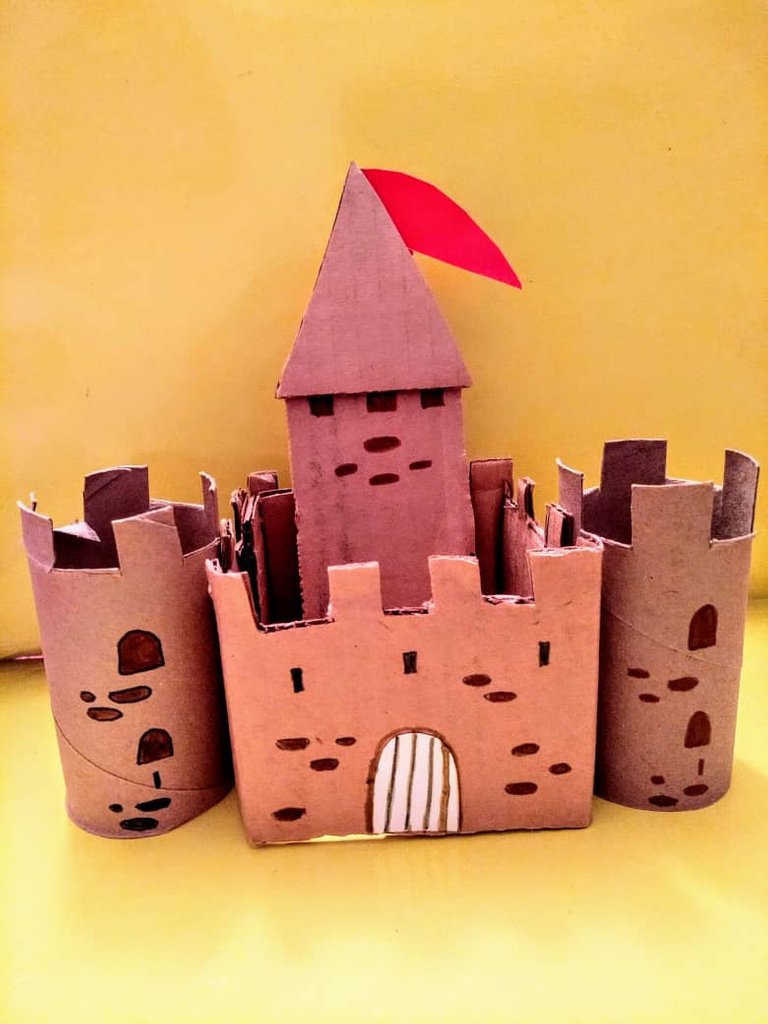
7.- Y así quedo armado el castillo y lo decoramos con ventanas, rejas y lo que se nos ocurra para darle vistosidad de castillo medieval.
7 .- And so was armed the castle and decorate it with windows, railings and whatever we can think of to give it a medieval castle showiness.
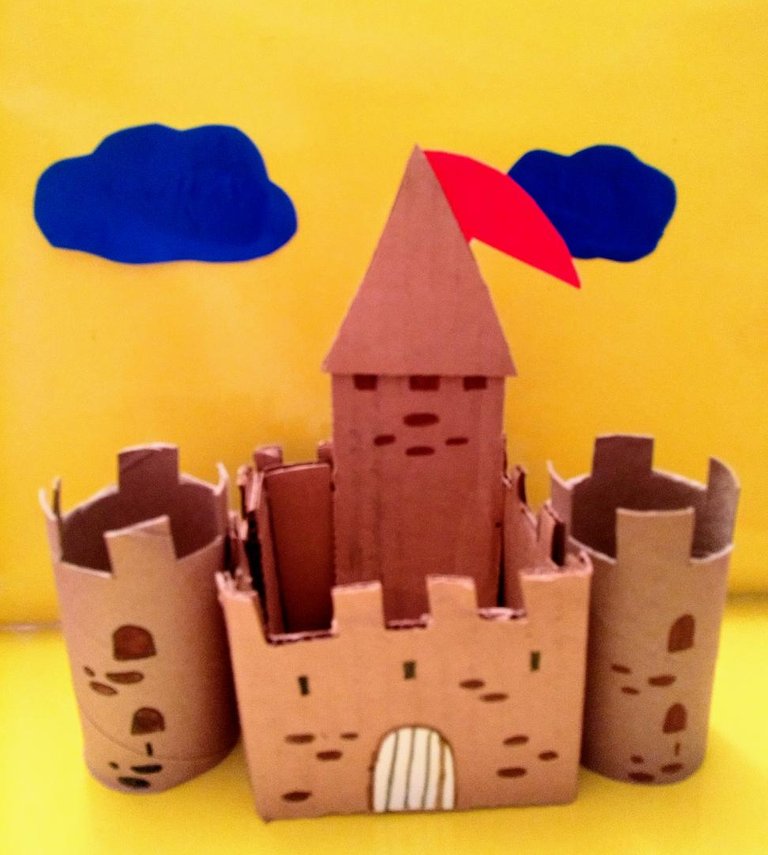
Y así podemos tener un castillo medieval perfecto para realizar con los pequeños de la casa.
Espero que les animéis y hagáis esta manualidad para pasar una tarde entretenida con los más pequeños.
And so we can have a perfect medieval castle to make with the little ones of the house.
I hope you encourage them and do this craft to spend an entertaining afternoon with the little ones.

Hivers te explico brevemente la función de cada una de las partes, por si lo quieres comentar con tus niños mientras construyen un castillo medieval.
Torre de vigilancia: construcción que servía de contrafuerte de la muralla, de protección para los soldados y de atalaya para observar al enemigo.
Torre del homenaje: torre principal donde vivían los señores del castillo.
Almenas: salientes en la cima de las torres y la muralla que servían de protección a los soldados mientras repelían los ataques enemigos.
Patio de armas: espacio central del castillo alrededor del cual se organizaban el resto de edificaciones.
Camino de ronda o adarve: pasadizo en la cima de la muralla que servía para facilitar el tránsito de los soldados desde las torres de vigilancia.
Muralla: fortificación que rodeaba todo el castillo para protegerlo de los ataques enemigos.
Puente levadizo: servía para limitar a voluntad el paso sobre el foso. Era muy resistente, ya que debía poder resistir el paso de los carros, soldados, caballería, etc.
Foso: excavación que había alrededor del perímetro del castillo para protegerlo de los ataques enemigos.
Hivers briefly explains the function of each of the parts, in case you want to discuss it with your children while building a medieval castle.
Watchtower: construction that served as a buttress of the wall, protection for soldiers and watchtower to observe the enemy.
Keep: main tower where the lords of the castle lived.
Almenas: projections at the top of the towers and the wall that served as protection for the soldiers while they repelled enemy attacks.
Parade ground: central space of the castle around which the rest of the buildings were organized.
Walkway or parapet: passageway at the top of the wall that served to facilitate the passage of soldiers from the watchtowers.
Wall: fortification that surrounded the entire castle to protect it from enemy attacks.
Drawbridge: used to limit the passage over the moat at will. It was very resistant, since it had to be able to resist the passage of chariots, soldiers, cavalry, etc.
Moat: excavation around the perimeter of the castle to protect it from enemy attacks
¿Lo sabías?

El origen de los castillos se remonta a los siglos IX y X, y surgieron de la necesidad de los terratenientes de proteger sus propiedades de los ataques enemigos. Como las casas eran de madera, eran muy susceptibles a quemarse si los enemigos las atacaban con fuego. Para evitarlo, los señores feudales crearon murallas de piedra alrededor de sus casas, y progresivamente substituyeron la madera por piedra. También se elevaron las ventanas de sus casas, de manera que fuese más difícil arrojar objetos ardiendo en su interior.
Did you know?
The origin of castles dates back to the 9th and 10th centuries, and arose from the need of landowners to protect their properties from enemy attacks. Since the houses were made of wood, they were very susceptible to burning if enemies attacked them with fire. To prevent this, the feudal lords created stone walls around their houses, and progressively replaced wood with stone. They also raised the windows of their houses, so that it would be more difficult to throw burning objects inside.
By @machiqui63

¡Disfruta tu día y gracias por visitarme!
Enjoy your day and thanks for visiting me!
Aplicación utilizada para la imagen de la portada es , PicsArt
Application used for the cover image is PicsArt .
- La galería de fotos es de mi autoría. Las tomé con mi móvil Xiaomi Redmi6
- The photo gallery is of my authorship. I took them with my mobile Xiaomi Redmi6